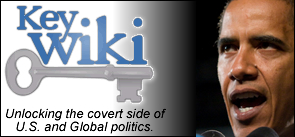HOW DOES THE END OF THE FILIBUSTER AND 2014 OPEC ACTION RELATE?
By: Kent Engelke | Capitol Securities From: 2/2/17 Will history regard Senator Reid’s 2013 ending...
Read More

My beloved husband,
GARRY HAMILTON,
passed away
on September 24th, 2022.
I will love you always.

